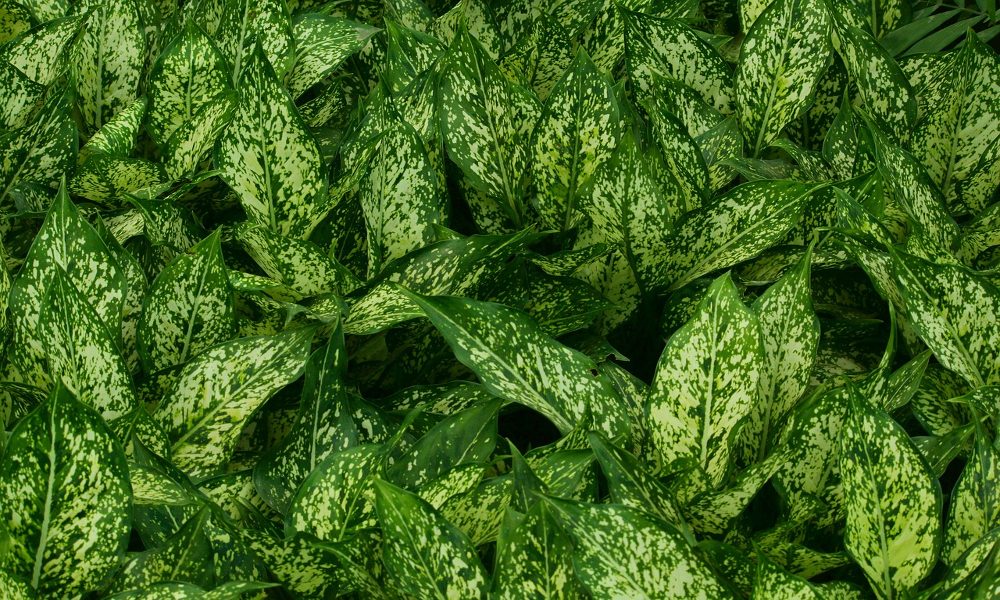If you don’t have the space for an outdoor garden, or you can’t limit your love of gardening to just an outdoor garden, houseplants are an excellent way to indulge in your love of greenery. There are plenty of options to choose from, with options to fit any lifestyle, home size, or aesthetic preference. A plant you might not be aware of, but that you definitely should be, is aglaonema. This houseplant is easy to care for and gorgeous, and we’ll explain everything you need to know about aglaonema care to help you add it to your home.
What is aglaonema?
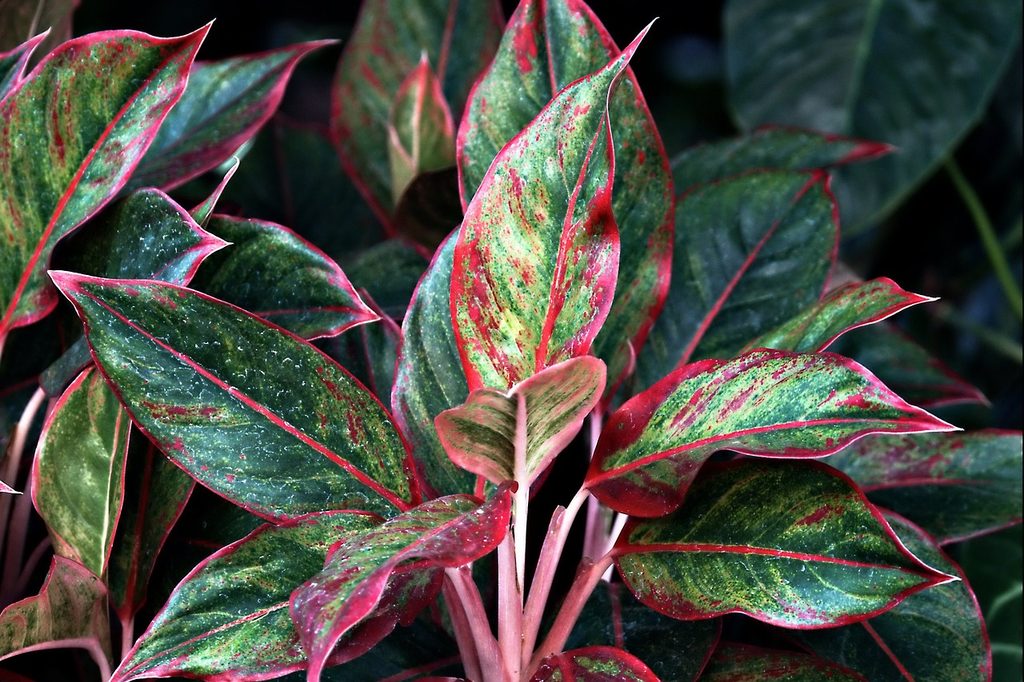
Aglaonema is a beautiful houseplant with an appearance similar to philodendrons. It primarily grows as foliage, although it will sometimes produce a small flower that resembles a peace lily. This resemblance to both peace lilies and philodendrons is actually because the plants are related! All three plants are in the Araceae (or arum) family.
The leaves of an aglaonema plant are definitely the star of the show. They are typically variegated and can be practically any combination of green, white, cream, and pink. Agleonema is a tropical plant that’s native to Asia, which has earned it the common name Chinese evergreen.
Planting aglaonema
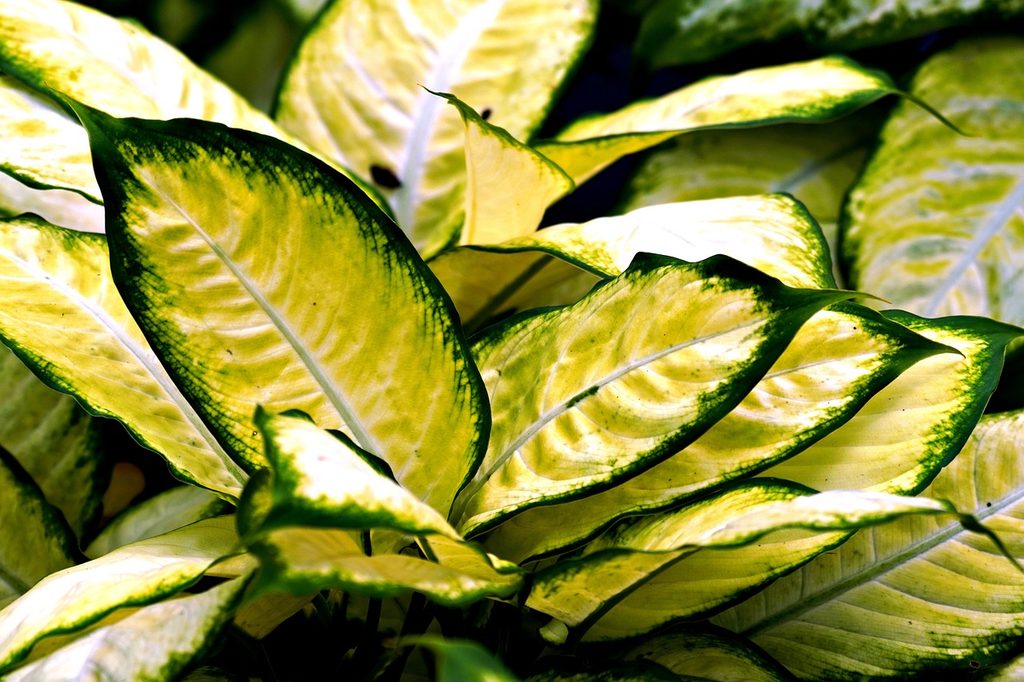
Aglaonema prefers well-draining and loose soil. Dense, compacted, or slow-draining soils can constrict the roots, weakening the plant. Average potting soil with perlite or vermiculite will work, but a cactus blend is ideal. They prefer pots on the smaller side, so avoid planting them in containers that are much larger than the plants.
Position your aglaonema in bright, indirect light. Too much direct light can burn the leaves, but it’s OK for short periods of time. Aglaonema is more tolerant of shade. However, shade causes the plant to grow more slowly and generally stay smaller. Additionally, lack of sunlight can cause the colors in its leaves to fade over time.
Aglaonema thrives in warm temperatures and medium to high humidity. As a tropical plant, these conditions mimic its native environment and keep it happy and healthy. Avoid placing your aglaonema plant near drafty windows or air vents, and consider placing it in or near the bathroom, where it can enjoy the steam from a hot shower.
Aglaonema care
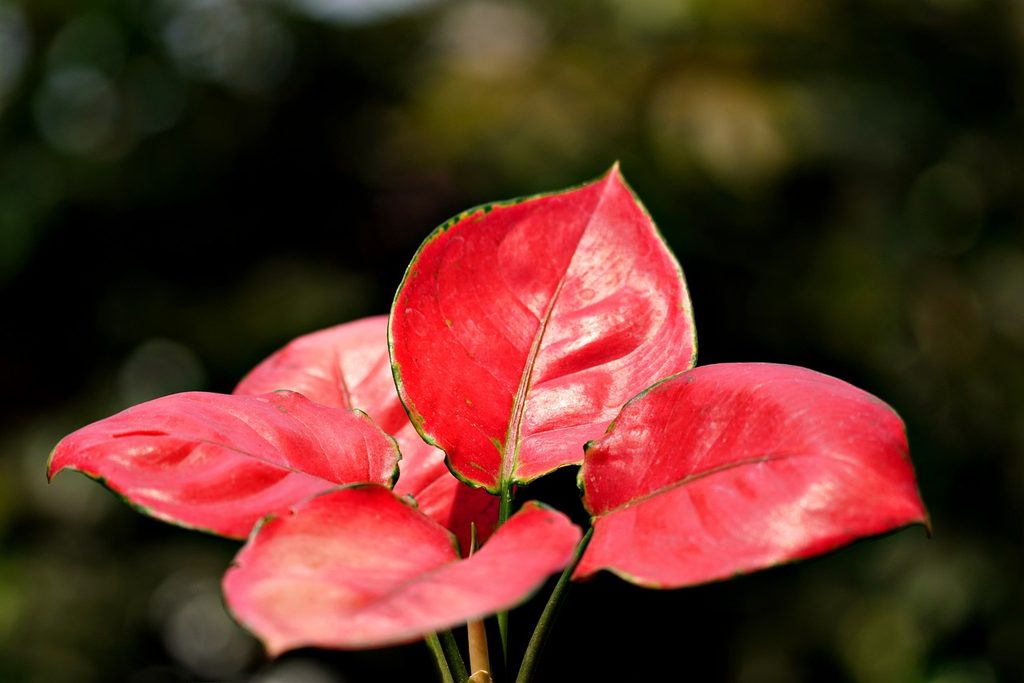
Aglaonema plants are sensitive to overwatering, so it’s important to let the soil dry between waterings. If the soil isn’t draining or is draining slowly, check the drainage holes at the bottom of the container to ensure they aren’t blocked, and empty the water tray regularly so the water in the pot can drain freely.
Aglaonema is happiest when the humidity is between 40% and 60%, but it can tolerate lower humidity levels. If you don’t have a humidifier or don’t want to keep your entire home that humid, there are ways to increase the humidity just around your plant. Regular misting will help keep it fresh. Placing a tray of stones and water beside the plant will also naturally increase the humidity around it; just be sure to refill or replace the water as it runs out.
In addition to water, your aglaonema plant will appreciate fertilizer during spring and summer. Do not fertilize it during fall or winter, as it will be dormant. Aglaonema doesn’t need a special fertilizer; you can use any balanced fertilizer.
Common pests and problems with aglaonema
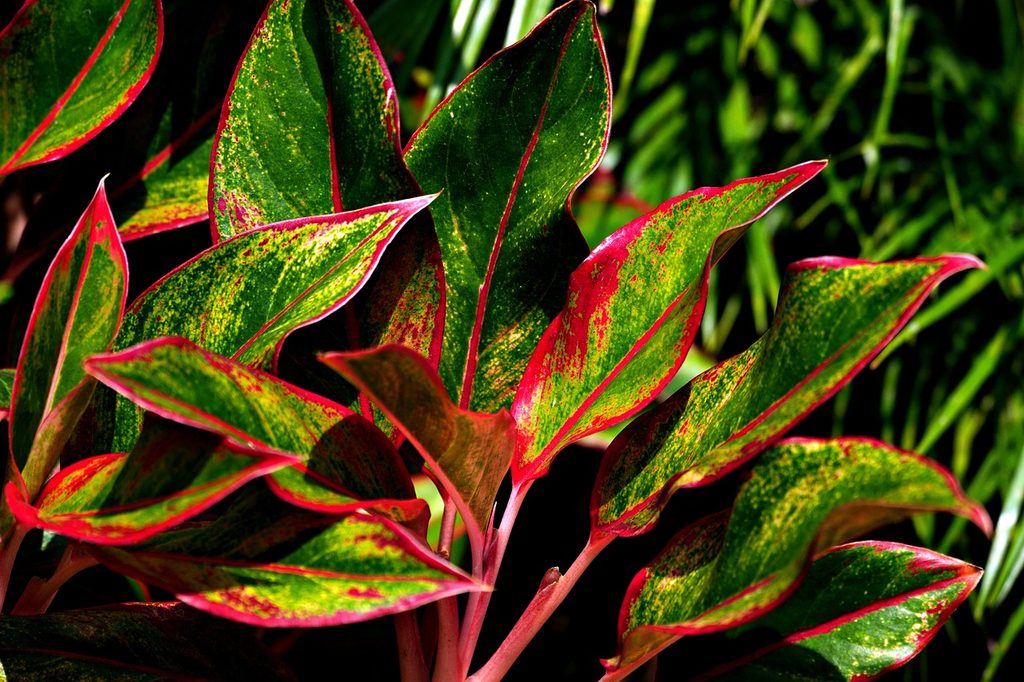
The most common problems aglaonema suffers from are related to overwatering. Root rot, stem rot, fungal infections, and yellowing leaves can all be the result of overwatering. These problems are all easier to avoid than they are to treat, so pay attention when watering your aglaonema to prevent overwatering.
Aglaonema can also become a target for spider mites, mealybugs, and scale. These pests are luckily easy to treat, and it’s usually easy for a healthy plant to recover from minor damage. If the infestation is severe or left alone for too long, you may see limp leaves and fading colors as your plant is weakened. An organic insecticidal spray or insecticidal soap can keep the pests at bay, and many homeowners use a cotton swab or ball soaked in rubbing alcohol to get rid of scale and mealybugs. If you use this method, avoid getting too much of the rubbing alcohol on the plant, as it can dry it out significantly.
Is aglaonema safe for pets?
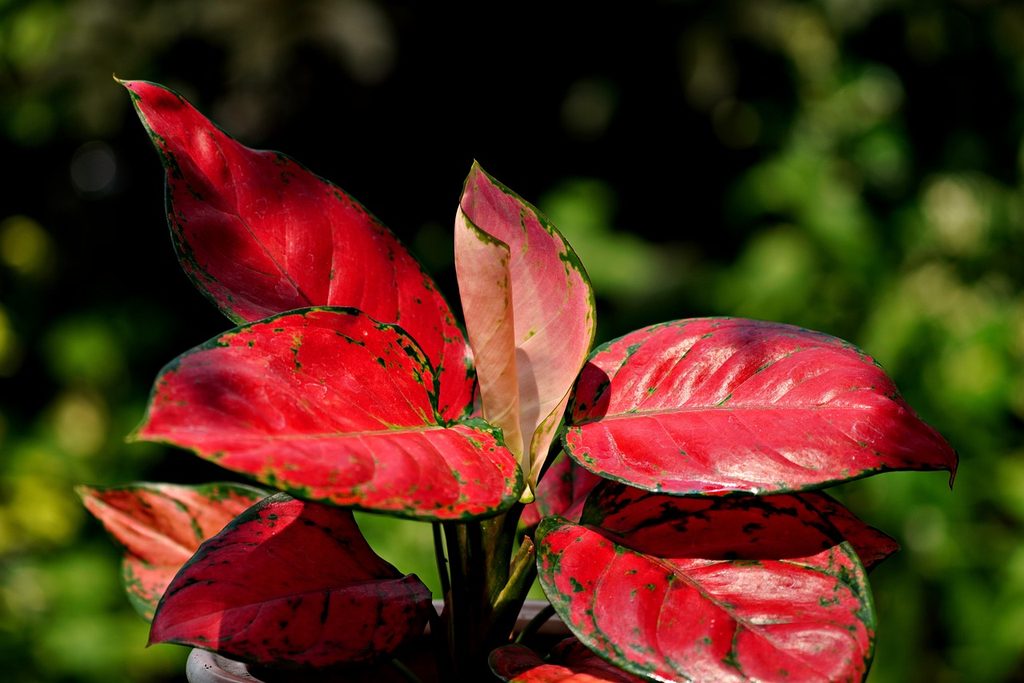
No, aglaonema is not safe for pets. While it isn’t technically poisonous, it does contain calcium oxalate crystals. These tiny crystals are in many plants, including aglaonema’s close relatives, philodendrons and peace lilies. They are extremely small and incredibly sharp, causing irritation to the mouth and throat if your pet chews or eats the plant. This irritation can range from minor discomfort to difficulty swallowing and breathing, so keep aglaonema away from your pets and contact your vet for assistance if you believe your pet has chewed or eaten it.
Aglaonema is a beautiful plant that fits well with many homes, lifestyles, and aesthetics. Whether you love the bright and cheerful pink varieties or prefer the simple, elegant green and white ones, you’ll be delighted at just how easy it is to care for this plant. Now that you know the basics of aglaonema care, you’re ready to add this lovely houseplant to your collection.
